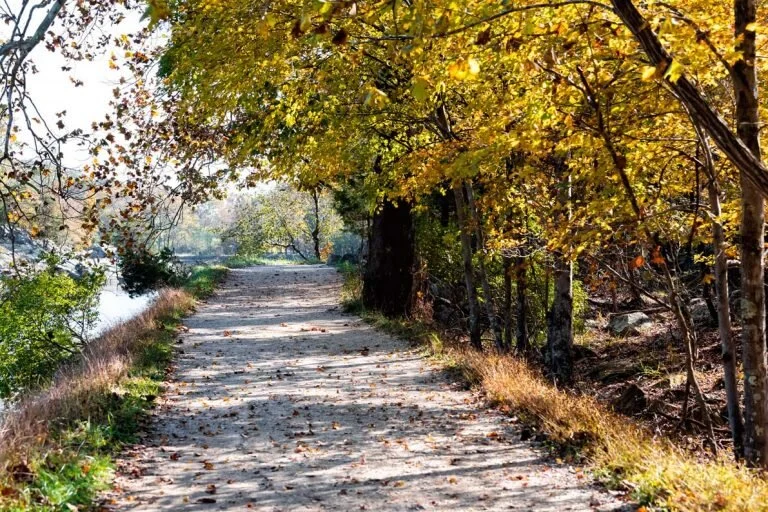In 2013, CNNMoney listed Potomac as the most affluent town in all the United States based on median household income. Potomac is also the seventh-most top-educated American small town according to Forbes. Bloomberg Businessweek labeled Potomac as the twenty-ninth-richest zip code in the United States in 2011, stating that it had the largest population of any U.S. town with a median income of more than $240,000.
In 2012, The Higley Elite 100 published a list of highest-income neighborhoods by mean household income, which included four neighborhoods in Potomac; one of these neighborhoods, “Carderock-The Palisades” was ranked the highest-income neighborhood in the United States, followed by “Beverly Hills-North of Sunset” in Beverly Hills, California, and “Swinks Mill-Dominion Reserve” of McLean, Virginia. More recently, two Potomac neighborhoods were ranked among the ten wealthiest neighborhoods in the country by CNBC in 2014. In 2018, data from the American Community Survey revealed that Potomac was the sixth-wealthiest city in the United States.
Throughout the 18th century, what became known as Offutts Crossroads was a small, rural community which served planters and travelers. In the 19th century, a few small dwellings had been built along with a tavern established in 1820. By the time of the Civil War, the community contained two general stores, a blacksmith shop, and a post office which served a community of 100. Offutts Crossroads was renamed Potomac in 1881 by John McDonald. An Irishman and veteran of the Civil War, McDonald settled in Potomac around that time. He petitioned for the name change since postal officials were asking for brief names and there were already several other communities in the area with the name “crossroads.”
By the turn of the 20th century, Potomac experienced a period of growth. Thomas Perry, an operator of a nearby general store, built a house on the corner of Falls and River Roads in 1902. More residential structures were built on the northern section of Falls Road throughout the 1920s and 1930s. During the 1950s, Potomac was one of many communities in Montgomery County to experience suburbanization. Potomac quickly transformed from a rural farming community to a suburban community from the mid- to late 20th century. Numerous original buildings within Potomac Village have been demolished for the construction of strip malls and modern office buildings. However, in the surrounding area, many of the old farmhouses remain, though some are confined within suburban developments. The Perry Store has been restored and still stands as part of a bank, although the building was moved 21 feet in 1986 to allow for a project to widen the intersection of Falls and River Roads.

